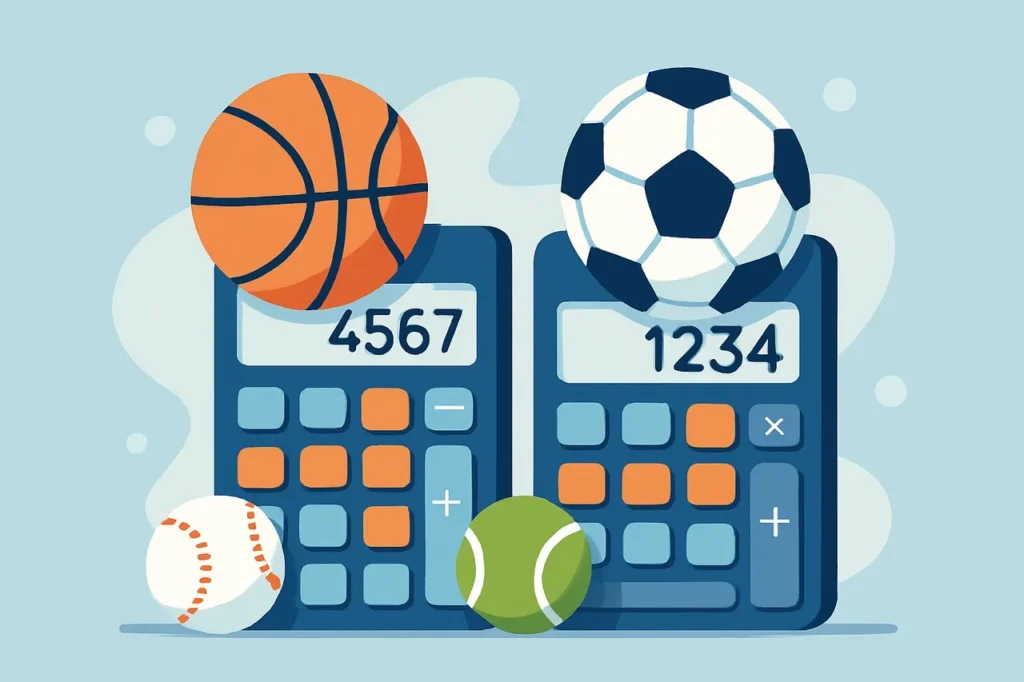
The Stages of Fear
How our relationship with technology mirrors the emotional journey of fear?
Technology promises convenience, connection, and progress—but it also provokes anxiety, resistance, and uncertainty. Every innovation, from smartphones to artificial intelligence, carries not just potential, but tension. Whether we’re confronting automation in our workplace or grappling with our children’s screen time, the emotional arc is familiar. It’s fear—but not all at once.
Fear doesn’t just arrive fully formed. It moves in stages. And when it comes to technology, we’ve all felt them—sometimes individually, sometimes collectively. By recognizing the emotional lifecycle of fear in our digital world, we can move forward with more clarity, more responsibility, and less paralysis.
Anticipation: The Whisper of Change
It usually begins before the device is even in our hands.
A new app launches. A breakthrough in AI makes headlines. There’s talk of self-driving cars replacing jobs or algorithms outpacing human judgment. We feel the edge of something shifting—even if we don’t fully understand it.
This stage is abstract. It’s not fear of a specific threat, but of potential. It often comes with headlines like “Will Robots Take Your Job?” or “Are Smartphones Rewiring Our Brains?” The questions hang in the air, unanswered. The tone is speculative, but the emotion is real.
We don’t know what’s coming. And that uncertainty feeds the first flickers of fear.
Awareness: The Personal Impact Begins
At some point, the change stops being theoretical. You notice it.
Maybe your job has subtly shifted. You’re spending more time optimizing for algorithms than for people. Your child won’t look up from their screen. You read a policy update from your favorite app and realize your personal data has become a product.
Suddenly, fear becomes physical: tension in your shoulders, a restless mind before bed, a vague guilt when you scroll too long. This is the body reacting to the invisible architecture of change. It’s fear that now has context.
We start to ask different questions: What am I giving up for convenience? Who’s benefiting? Is this healthy?
Confrontation: The Turning Point
This is the critical moment. You decide to take action—or you’re forced to.
You delete a social media account. You confront your company about surveillance software. You say “no” to yet another platform that wants your face, your location, your everything. Or maybe you finally install that screen time tracker and don’t like what it shows.
This stage is uncomfortable. It requires boundaries. It reveals dependencies we didn’t want to acknowledge—how technology has shaped our habits, our identities, even our values. It might feel like you’re swimming against the current. That’s normal.
Fear peaks here, but so does agency.
Release: Letting Go of the Illusion of Control
Release doesn’t mean rejecting technology altogether. It means surrendering the idea that you can control every aspect of it—or that you have to.
You realize you don’t need to be on every platform. You can curate your notifications. You can use tech deliberately rather than reflexively. You don’t have to win the inbox. You just have to understand your relationship with it.
There’s relief here. Not in abandoning tools, but in using them with a renewed sense of purpose. The fear subsides because you’ve reasserted your role—not as a product, but as a participant with choice.
Understanding: Integrating the Lessons
With time, perspective forms. You begin to understand the balance.
You recognize which technologies make your life better—and which quietly drained your time and attention. You stop chasing trends and start asking deeper questions: What kind of life am I building? What kind of world are we co-creating?
You might help someone else navigate their digital fear. You might teach your team how to be more ethical with data, or help your child develop healthier screen habits. And just like that, fear becomes wisdom. The emotional energy that once caused anxiety now informs intention.
Technology isn’t the villain. It’s the mirror. It reflects our hopes, our excesses, and yes—our fears. But fear is not failure. It’s a signal. A call to pay attention.
When we understand its stages, we stop reacting—and start responding. That’s how we move forward, not just with tech, but with humanity intact.








